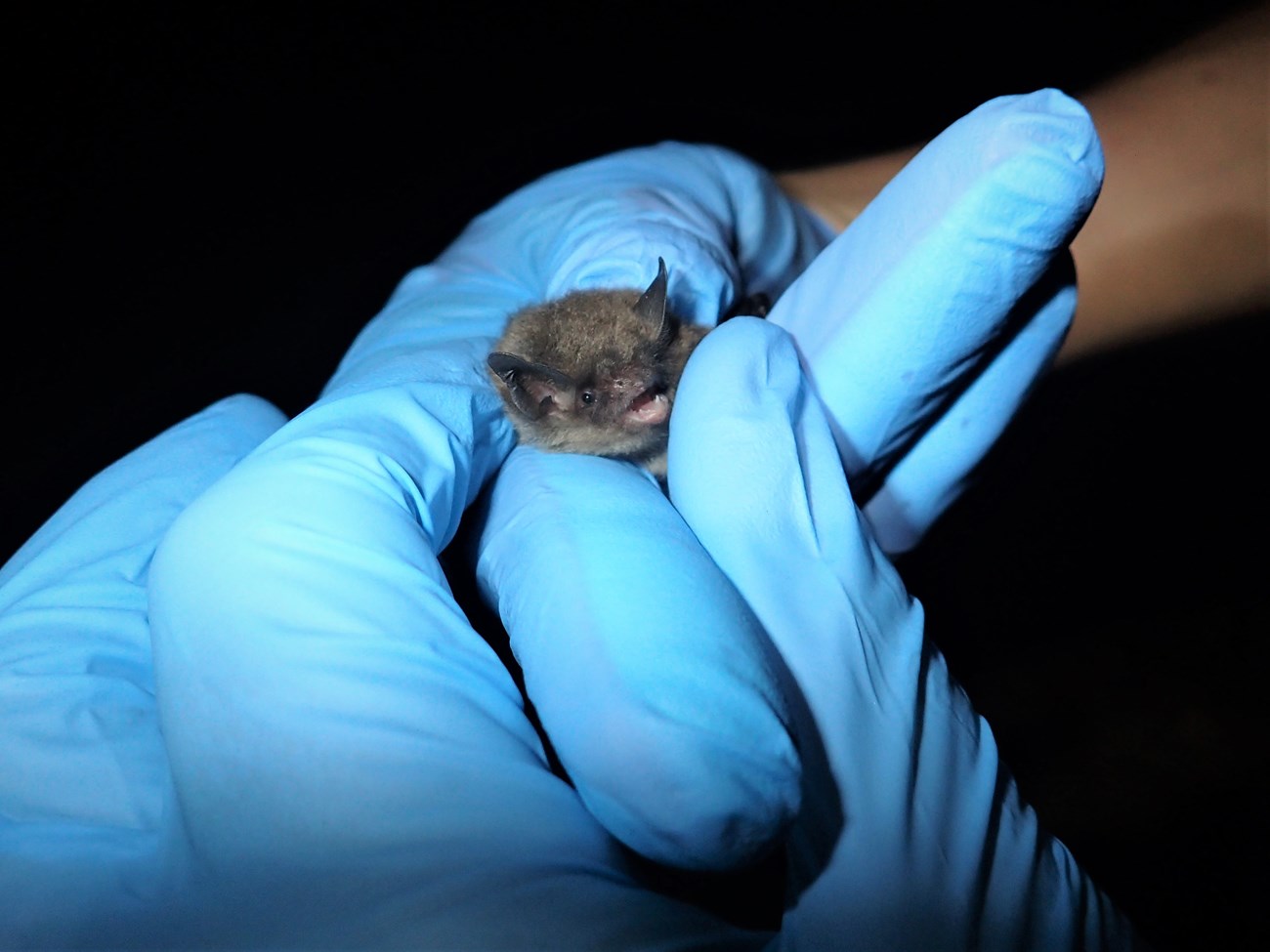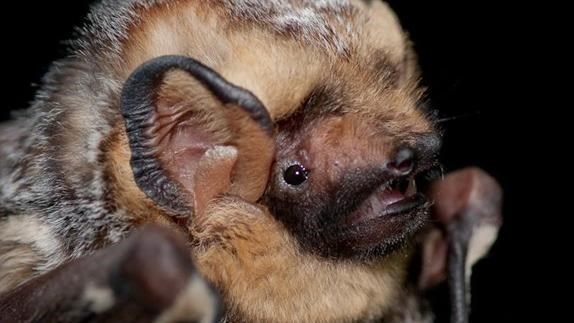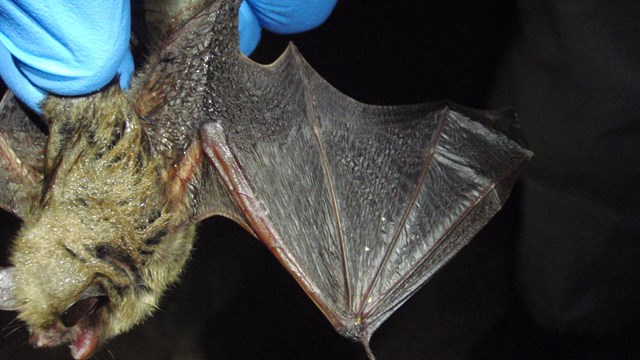
NPS Photo Plans for Bat Day 2026 are underway!Check back for updates.Bat Day is made possible by support from Friends of Mammoth Cave National Park who work in cooperation with the National Park Service to fund projects and programs that protect, preserve, and enhance the natural and cultural resources, and the visitor experience of Mammoth Cave National Park. 
Bats
Bats of all shapes and sizes. 
Bat Surveys
Learn how park scientists study bats |
Last updated: September 4, 2025
